Home>Garden Essentials>When Do You Plant Cucumber Seeds
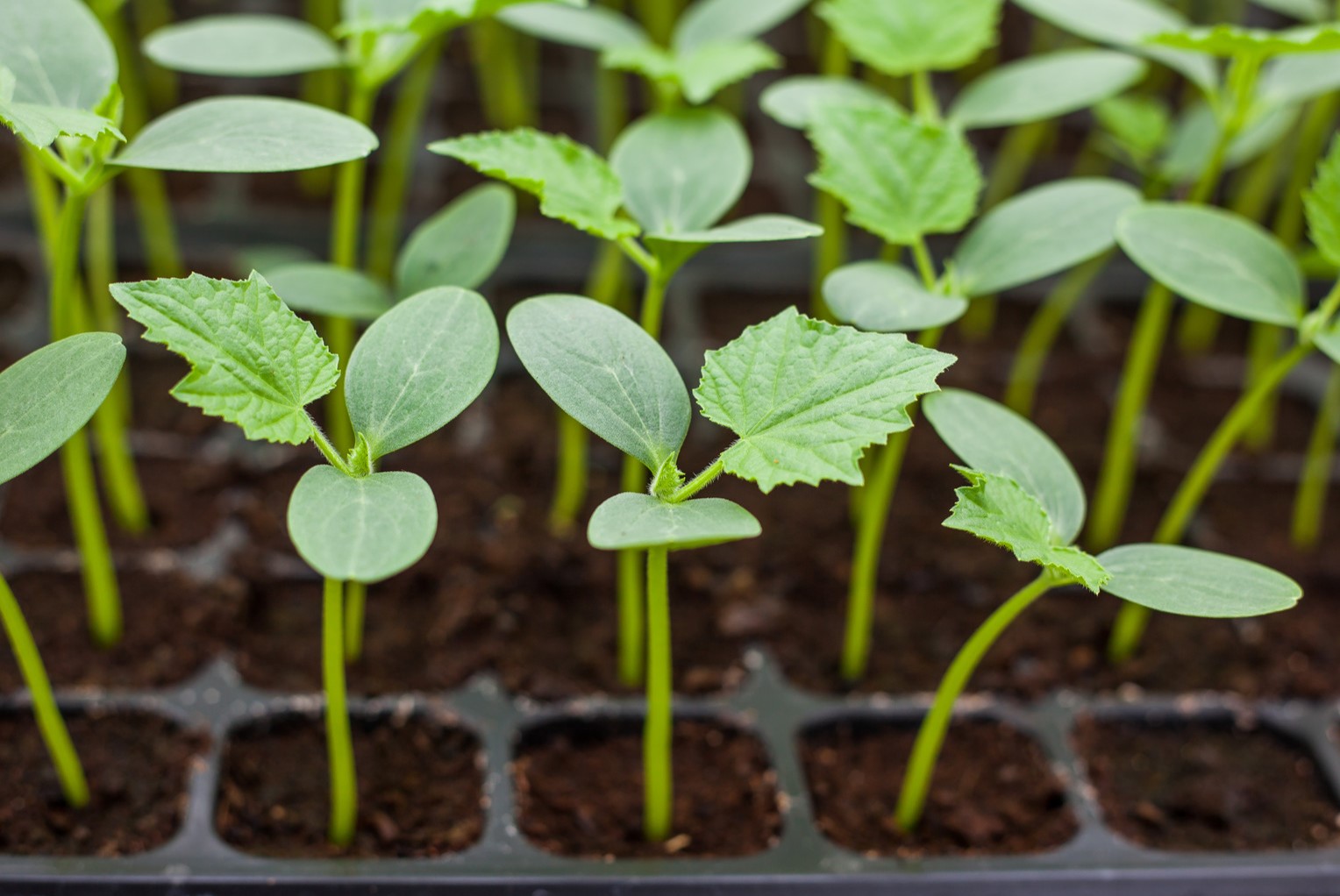

Garden Essentials
When Do You Plant Cucumber Seeds
Modified: August 16, 2024
Learn when and how to plant cucumber seeds in your garden for a bountiful harvest. Expert tips and step-by-step guide to ensure success.
(Many of the links in this article redirect to a specific reviewed product. Your purchase of these products through affiliate links helps to generate commission for Storables.com, at no extra cost. Learn more)
Introduction
Growing your own vegetables is a rewarding and fulfilling experience, and cucumbers are a popular choice for many home gardeners. Whether you’re a seasoned gardener or a beginner, planting cucumber seeds can be an enjoyable and satisfying endeavor. Cucumbers are not only delicious but also packed with essential nutrients, making them a healthy addition to your diet.
Before you rush off to start planting cucumber seeds, it’s important to understand the factors to consider and the best time to plant them. By taking these steps into account, you can increase the chances of a successful cucumber harvest and enjoy the fruits of your labor.
Key Takeaways:
- Plant cucumber seeds in warm temperatures, wait until all chances of frost have passed, and ensure consistent moisture for a successful harvest.
- Choose the right cucumber variety, provide proper care, and harvest at the right time to enjoy delicious, homegrown cucumbers.
Read more: When Do You Plant Carrot Seeds
Factors to Consider Before Planting Cucumber Seeds
Before you start planting cucumber seeds, there are a few important factors to consider. Taking these factors into account will help ensure that your cucumber plants thrive and produce an abundant harvest.
1. Climate and Temperature
Cucumbers thrive in warm temperatures, ideally between 70-85°F (21-29°C). They are sensitive to frost, so it’s essential to wait until all chances of frost have passed before planting your cucumber seeds. Additionally, cucumbers require plenty of sunlight, so choose a sunny spot in your garden for optimal growth.
2. Soil Preparation
Preparing the soil before planting cucumber seeds is crucial. Cucumbers prefer loose, well-draining soil with a pH between 6-7. Incorporate organic matter, such as compost, into the soil to improve its fertility and drainage. This will provide the necessary nutrients for healthy cucumber growth.
3. Watering
Cucumbers are primarily composed of water, so they require regular watering to thrive. Adequate water is especially crucial during the flowering and fruiting stages. Aim for consistent moisture in the soil, ensuring it’s evenly moist but not waterlogged. Mulching around your cucumber plants can help retain moisture and suppress weeds.
Read more: When Do You Plant Strawberry Seeds
4. Spacing
Proper spacing is vital for cucumber plants to grow and develop effectively. Provide enough space between plants, typically 12-18 inches apart, to allow for air circulation and prevent diseases. If you’re planting cucumbers on a trellis or vertical structure, ensure sufficient vertical space for the vines to climb.
5. Pest and Disease Control
Like any garden plant, cucumbers can be susceptible to pests and diseases. Before planting your cucumber seeds, make sure you’re familiar with common pests like aphids, cucumber beetles, and powdery mildew. Implement preventative measures such as companion planting, using organic pest control methods, and regular plant inspections to catch any issues early.
Best Time to Plant Cucumber Seeds
The timing of planting cucumber seeds plays a crucial role in the success of your cucumber harvest. Cucumbers are warm-season vegetables that thrive in temperatures between 70-85°F (21-29°C). It’s important to wait until all chances of frost have passed and the soil has warmed up before planting your cucumber seeds. Here are some guidelines for determining the best time to plant cucumbers:
1. Time of Year
In most regions, cucumbers are typically planted in the spring once the danger of frost has passed. However, if you live in a warmer climate, you may have the option to plant cucumbers as early as late winter or early spring. Consult your local gardening resources or cooperative extension office to determine the recommended planting dates for your specific area.
Read more: When Do You Plant Watermelon Seeds
2. Soil Temperature
Cucumbers require warm soil for optimal germination and growth. The soil temperature should be around 60-65°F (15-18°C) before planting cucumber seeds. Use a soil thermometer to measure the soil temperature at least 2 inches deep. If the soil temperature is too low, consider warming it up by using black plastic mulch or row covers.
3. Daytime and Nighttime Temperatures
The temperature conditions during both the day and night are important for cucumber plants. During the day, cucumbers thrive in warm temperatures between 70-85°F (21-29°C). Nighttime temperatures should ideally stay above 60°F (15°C) to prevent stress on the plants. If the temperatures drop significantly at night, consider protecting young cucumber plants with row covers or other protective barriers.
4. Overall Weather Patterns
It’s essential to consider the weather patterns in your area before planting cucumber seeds. Cucumbers require a consistent supply of warmth and ample sunlight to grow properly. If your region is prone to sudden temperature drops or extended periods of cloudiness, it may be beneficial to wait until the weather conditions become more favorable for cucumber growth.
5. Succession Planting
To extend the cucumber harvest throughout the growing season, consider practicing succession planting. This involves planting cucumber seeds in multiple batches at regular intervals, usually every two to three weeks. By staggering the planting dates, you can ensure a continuous supply of fresh cucumbers throughout the season.
By considering these factors and planting your cucumber seeds at the appropriate time, you can optimize the chances of a successful cucumber harvest and enjoy an abundant crop of fresh, homegrown cucumbers.
Read more: When Do You Plant Lavender Seeds
Steps to Plant Cucumber Seeds
Planting cucumber seeds is a straightforward process that can be done by gardeners of all experience levels. Follow these steps to ensure successful germination and healthy growth of your cucumber plants:
1. Prepare the Soil
Start by preparing the soil in your chosen planting area. Clear away any weeds or debris, and loosen the soil to a depth of at least 6-8 inches. Amend the soil with organic matter, such as compost, to improve fertility and drainage.
2. Select the Right Cucumber Variety
Choose a cucumber variety that suits your preferences and growing conditions. There are different types of cucumbers, including slicing cucumbers, pickling cucumbers, and specialty varieties. Consider factors such as size, flavor, and disease resistance when selecting your cucumber seeds.
3. Planting Method
You can choose between direct sowing cucumber seeds or starting them indoors and transplanting them later. Direct sowing is ideal if the soil and weather conditions are favorable, while starting seeds indoors allows for an earlier start and more controlled growing environment. If starting indoors, sow cucumber seeds in peat pots or seedling trays about 2-3 weeks before the last expected frost date.
Read more: When Do You Plant Apple Seeds
4. Sowing Cucumber Seeds
If you’re sowing seeds directly into the ground, create rows or hills with a spacing of about 36-48 inches between each row or hill. Sow the cucumber seeds about 1 inch deep and cover them with soil. If you’re using a trellis or vertical support system, plant the seeds at the base of the structure.
5. Watering and Care
After sowing the cucumber seeds, ensure that the soil is evenly moist. Use a gentle spray or mist setting on your garden hose to water the seeds without disturbing them. Maintain consistent moisture throughout the germination and growth stages of the cucumbers.
6. Thin and Transplant
If multiple cucumber seedlings emerge in the same spot, thin them out to provide adequate space for growth. Once the cucumber seedlings have developed a few true leaves, you can transplant them into their final spacing. If you started seeds indoors, harden off the seedlings by gradually exposing them to outdoor conditions before transplanting.
7. Provide Support
If growing vining cucumber varieties, provide support such as trellises, stakes, or cages for the plants to climb. This will help keep the vines off the ground, improve air circulation, and maximize space in your garden.
Read more: When Do You Plant Columbine Seeds
8. Mulching
Apply a layer of organic mulch, such as straw or wood chips, around the base of the cucumber plants. Mulching helps retain moisture, suppress weeds, and regulate soil temperature.
9. Regular Care
Throughout the growing season, monitor your cucumber plants for pests, diseases, and signs of nutrient deficiencies. Water regularly, especially during dry spells, and fertilize with a balanced organic fertilizer as needed. Prune away any damaged or diseased leaves to maintain plant health.
By following these steps and providing proper care, you’ll be on your way to a bountiful cucumber harvest in no time!
Caring for Cucumber Plants
Caring for cucumber plants involves providing them with the right conditions, proper watering, fertilization, and protection against pests and diseases. By following these care guidelines, you can ensure healthy growth and a generous cucumber harvest:
1. Watering
Cucumbers require regular and consistent moisture to thrive. Water the plants deeply, ensuring that the soil is evenly moist. Avoid overwatering, as this can lead to root rot and other moisture-related issues. Aim to keep the soil consistently moist but not waterlogged.
Read more: When Do You Plant Zinnia Seeds
2. Mulching
Apply a layer of organic mulch, such as straw or wood chips, around the base of the cucumber plants. Mulching helps retain soil moisture, regulate temperature, and suppress weeds. It also prevents the cucumber fruits from coming into direct contact with the soil, reducing the risk of rotting.
3. Fertilization
Provide your cucumber plants with regular fertilization to promote healthy growth and fruit production. Use a balanced organic fertilizer or compost, applying it according to the package instructions. Fertilize the plants before planting, and then every four to six weeks throughout the growing season.
4. Trellising and Support
Depending on the cucumber variety, your plants may need a trellis or support structure to grow vertically. This not only saves space but also improves air circulation and reduces the risk of disease. Train the vines to climb the trellis, using gentle ties or clips to secure them as they grow.
5. Pruning
Regularly monitor your cucumber plants for any damaged, diseased, or dead leaves. Prune them away to improve air circulation and prevent the spread of diseases. Be careful not to remove too many leaves, as they provide energy for the plant through photosynthesis.
Read more: How To Plant A Cucumber Seed
6. Pests and Diseases
Keep a close eye on your cucumber plants for common pests such as cucumber beetles, aphids, and powdery mildew. Introduce natural predators, like ladybugs or lacewings, to control pest populations. If necessary, use organic pest control methods or consult with a local gardening expert for assistance.
7. Regular Harvesting
Harvest your cucumbers regularly to encourage continuous production. Pick the cucumbers when they have reached the desired size and before they become overripe. Regular harvesting also prevents the plants from putting energy into maturing mature fruits, which can slow down overall productivity.
8. Crop Rotation
Rotate the location of your cucumber plants each year to prevent the buildup of soil-borne diseases. Avoid planting cucumbers in the same spot for consecutive years as this can lead to pest and disease problems. Instead, rotate with other unrelated crops to maintain soil health.
By following these care practices, you can ensure that your cucumber plants grow vigorously, produce abundant fruits, and thrive throughout the growing season.
Common Problems and Solutions for Cucumber Plants
While cucumbers are relatively easy to grow, they can encounter several common problems that can affect their growth and productivity. By being aware of these issues and their solutions, you can take proactive measures to prevent or address them effectively:
Read more: When Do You Plant Bluebonnet Seeds In Texas
1. Pest Infestations
Cucumber beetles, aphids, and other pests can cause significant damage to cucumber plants. To control pest populations, try introducing natural predators such as ladybugs or lacewings. You can also use organic pest control methods like neem oil or insecticidal soap. Additionally, practicing good garden hygiene by removing crop debris and rotating crops can help deter pests.
2. Powdery Mildew
Powdery mildew is a fungal disease that appears as a white powdery growth on the leaves of the cucumber plant. To prevent powdery mildew, avoid overhead watering and provide adequate spacing between plants for proper air circulation. In case of an outbreak, treat affected plants with a solution of baking soda and water or use a fungicidal spray labeled for powdery mildew control.
3. Blossom End Rot
Blossom end rot is a condition characterized by dark, sunken areas on the bottoms of cucumber fruits. This is caused by calcium deficiency or inconsistent watering. Ensure that your plants receive consistent moisture and consider adding calcium-rich amendments to the soil, such as crushed eggshells or agricultural lime.
4. Cucumber Mosiac Virus
Cucumber mosaic virus (CMV) is a common viral disease that affects cucumber plants. Symptoms include stunted growth, mottled leaves, and distorted fruit. Unfortunately, there is no cure for CMV. The best approach is to prevent the disease by planting disease-resistant cucumber varieties and practicing good garden hygiene by removing infected plants and controlling aphid populations.
Read more: When To Harvest Cucumber Seeds
5. Poor Fruit Set
If your cucumber plants are producing few or no fruits, it could be due to poor pollination. Cucumber flowers require pollinators like bees to transfer pollen between male and female flowers. To attract pollinators, plant flowers that attract bees nearby or manually transfer pollen by lightly tapping the flowers with a small brush or cotton swab.
6. Environmental Stress
Extreme heat or drought can cause stress to cucumber plants, affecting their growth and fruit development. Provide shade during the hottest part of the day, water consistently, and mulch around the plants to help retain moisture. Using row covers or shade cloth can also offer protection during periods of extreme heat.
7. Nutrient Deficiencies
Cucumbers require a balanced supply of nutrients to grow and thrive. If you notice signs of nutrient deficiencies, such as yellowing leaves or stunted growth, consider applying a balanced organic fertilizer or amending the soil with organic matter. Conduct a soil test to determine specific nutrient deficiencies and adjust your fertilization accordingly.
By promptly identifying and addressing these common problems, you can ensure the health and productivity of your cucumber plants, leading to a bountiful harvest of delicious homegrown cucumbers.
Harvesting Cucumbers
Harvesting cucumbers at the right time ensures that you enjoy the best flavor, texture, and quality from your homegrown produce. Knowing when and how to harvest cucumbers is essential for maximizing your harvest. Here are some guidelines to follow:
Read more: When Should You Plant Seeds
1. Harvesting Time
Cucumbers are typically ready for harvest around 50-70 days after planting, depending on the variety. The exact timing can vary, so it’s important to observe your specific cucumber variety and monitor the fruit’s growth. Cucumbers are best harvested when they have reached their optimal size, color, and texture.
2. Size and Color
The size of cucumbers can vary depending on the type and intended use. For slicing cucumbers, harvest when they are around 6-8 inches in length. Pickling cucumbers are usually harvested when they are 2-4 inches long. Keep in mind that the bigger the cucumber, the more mature and seedy it may become. The color of the cucumber should be vibrant and consistent for the variety you are growing.
3. Texture and Firmness
Cucumbers should have a firm texture and smooth skin when harvested. Gently squeeze the cucumber to check for firmness. Avoid cucumbers that are soft or have a wrinkled appearance, as these may be overripe or past their prime.
4. Harvesting Techniques
When harvesting cucumbers, use a sharp knife or garden shears to cut the fruit from the vine. Hold the cucumber gently to avoid damaging the vine or other cucumbers nearby. Leaving a small portion of the stem attached to the cucumber helps prolong its shelf life.
Read more: When To Start Cucumber Seeds
5. Harvesting Frequency
Cucumbers can grow rapidly, especially during warm weather, so regular harvesting is important. Check your cucumber plants every day or every other day once they start producing. Harvesting frequently encourages the plants to continue producing more cucumbers throughout the growing season.
6. Post-Harvest Handling
After harvesting, handle cucumbers with care to avoid bruising or damaging the fruit. Wash the cucumbers gently with cool water to remove any dirt or debris. If you are not planning to use them immediately, store cucumbers in the refrigerator to maintain their freshness and crispness.
7. Overripe Cucumbers
If you miss a cucumber and it becomes overripe, remove it from the vine to prevent it from rotting and affecting the health of the other fruits. Overripe cucumbers can be composted or used for other purposes, such as making pickles or relish.
By following these guidelines and harvesting your cucumbers at their prime, you’ll be rewarded with delicious, fresh cucumbers that are perfect for salads, sandwiches, pickling, and other culinary creations!
Conclusion
Growing cucumbers in your garden can be a rewarding and enjoyable experience. By understanding the factors to consider before planting, the best time to sow seeds, and the steps to care for your cucumber plants, you can maximize your chances of a successful harvest. With proper watering, fertilization, and pest management, you can ensure that your cucumber plants thrive and produce an abundant crop.
Remember to choose the right cucumber variety that suits your preferences and growing conditions. Whether you prefer slicing cucumbers for fresh salads or pickling cucumbers for preserving, there is a variety that will meet your needs. Take into account the size, flavor, and disease resistance when selecting your cucumber seeds.
Regular care and attention, such as proper watering, mulching, pruning, and timely harvesting, will help maintain the health and productivity of your cucumber plants. Monitor for common problems like pests, diseases, and nutrient deficiencies, and take appropriate measures to address them promptly.
Harvesting cucumbers at the right time ensures that you enjoy the best flavor and texture. Pay attention to the size, color, and firmness of the cucumbers, and harvest them regularly to encourage continuous production throughout the season. Handle the cucumbers with care and store them properly to maintain their freshness and quality.
By following these guidelines and putting in a little effort, you can grow your own delicious cucumbers and experience the satisfaction of enjoying fresh, homegrown produce. So get your garden ready, plant those cucumber seeds, and embark on a fruitful journey of growing your own cucumbers!
Frequently Asked Questions about When Do You Plant Cucumber Seeds
Was this page helpful?
At Storables.com, we guarantee accurate and reliable information. Our content, validated by Expert Board Contributors, is crafted following stringent Editorial Policies. We're committed to providing you with well-researched, expert-backed insights for all your informational needs.
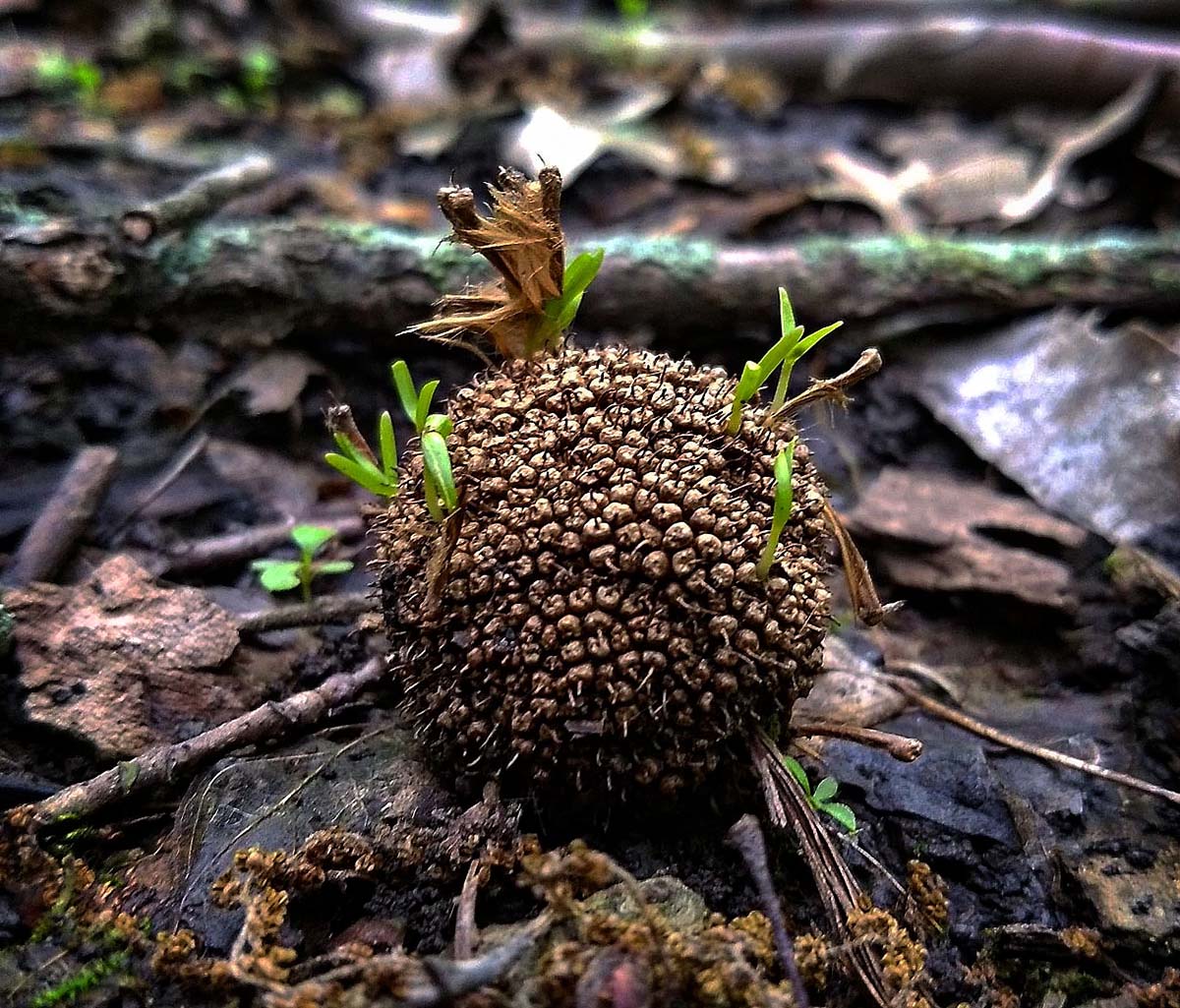
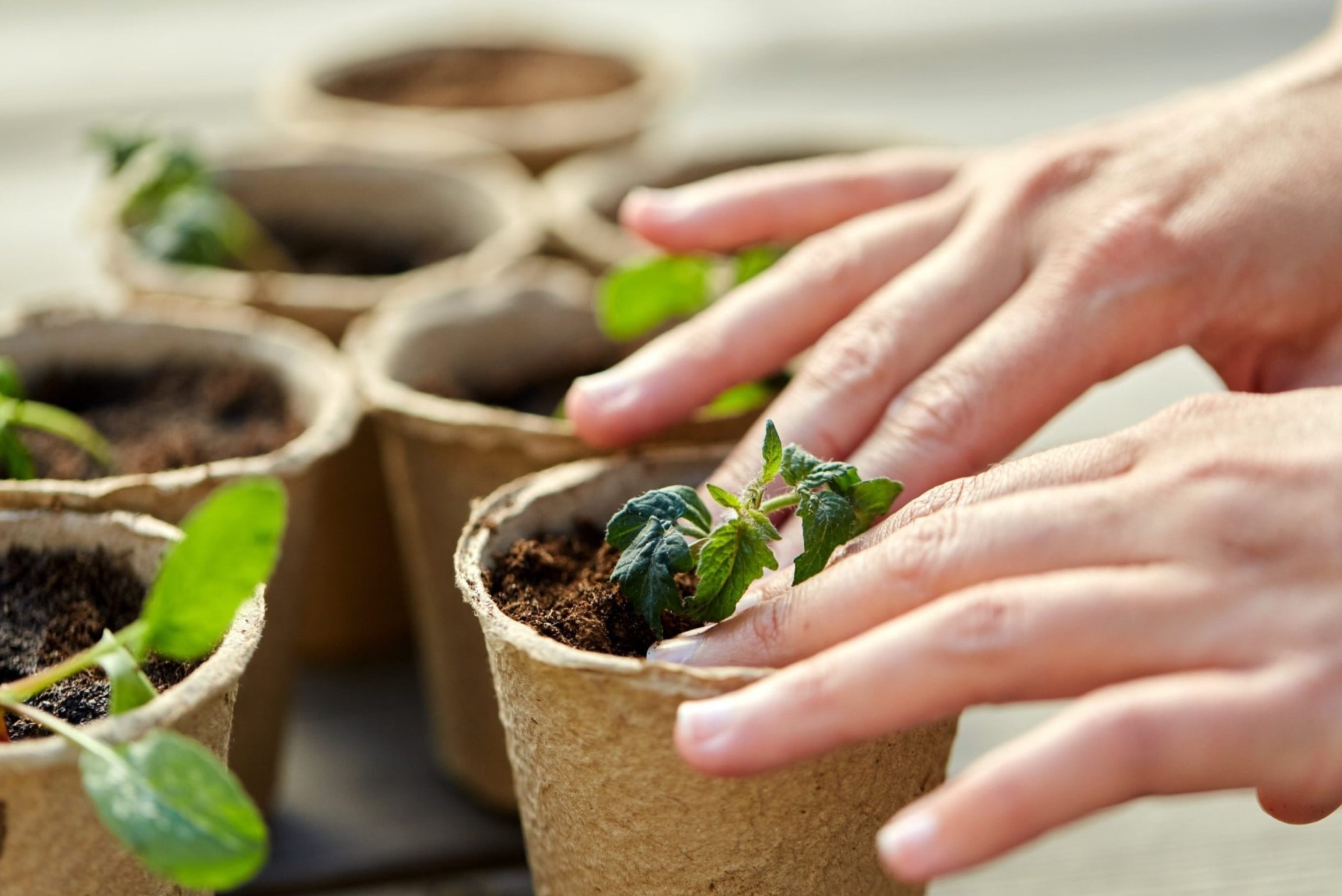
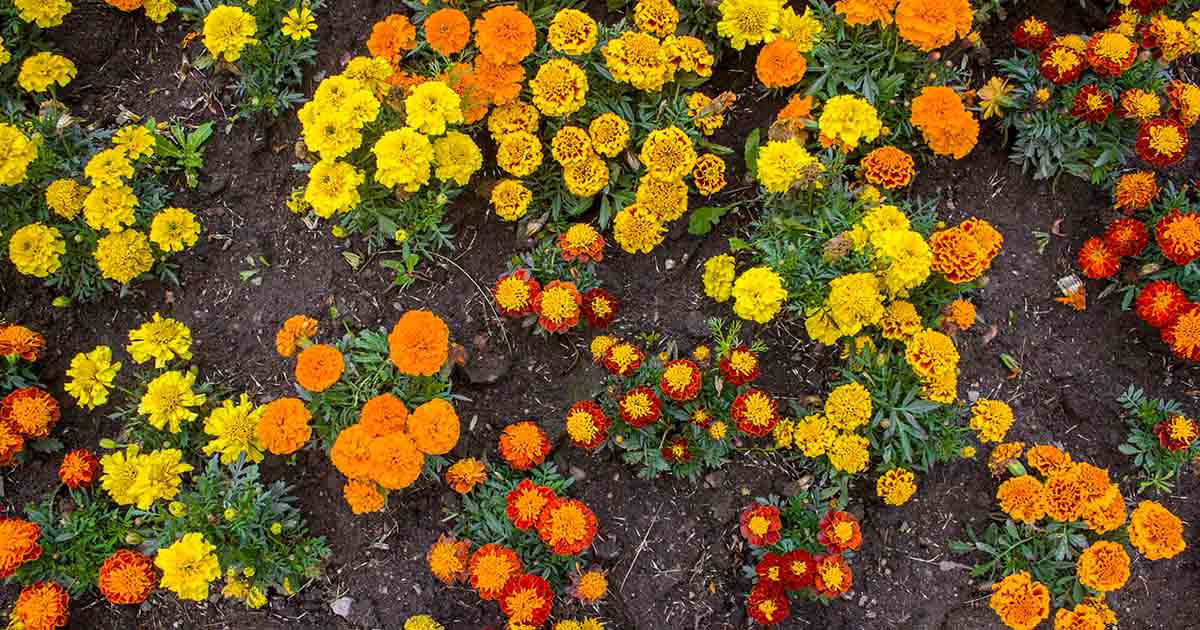
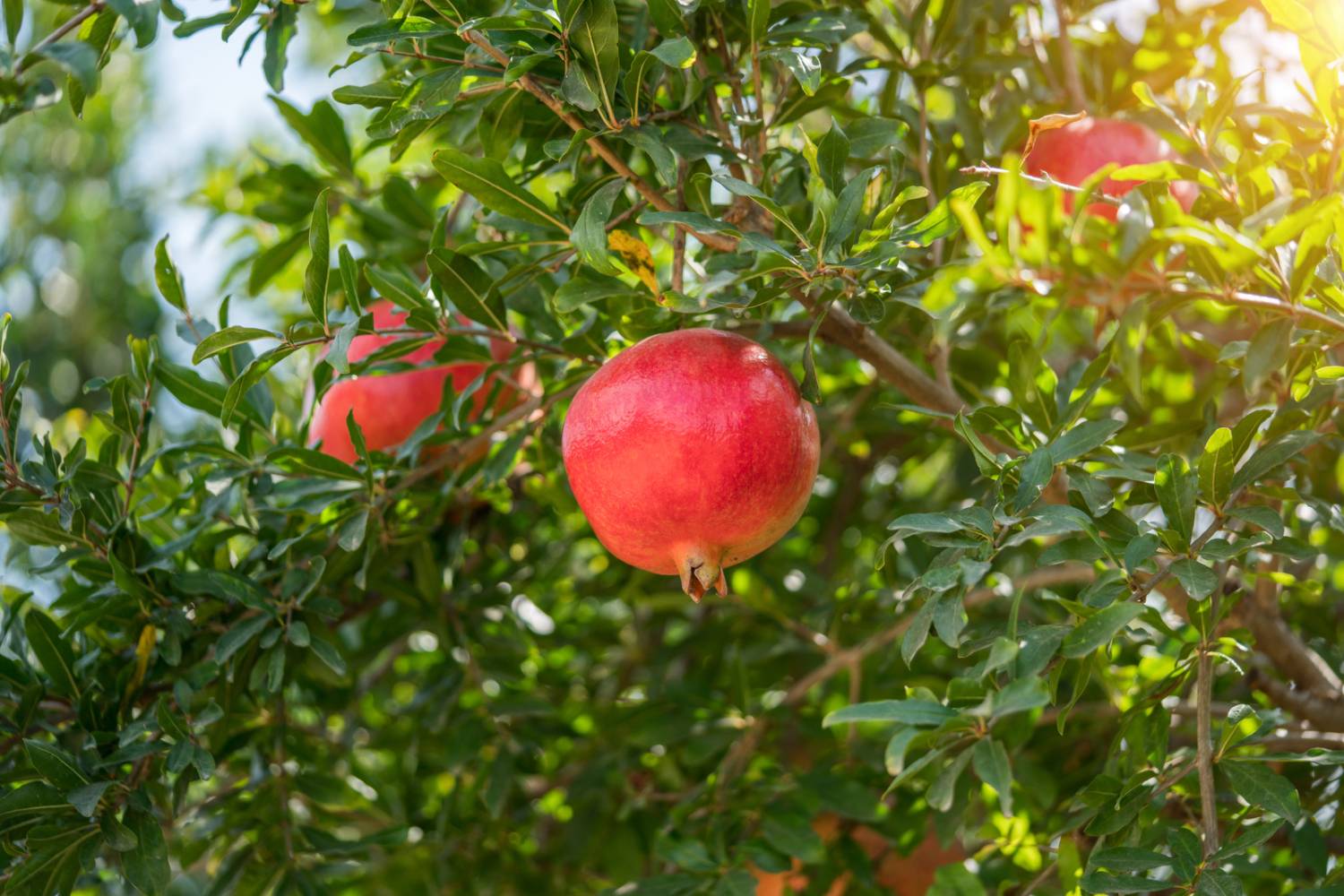

0 thoughts on “When Do You Plant Cucumber Seeds”